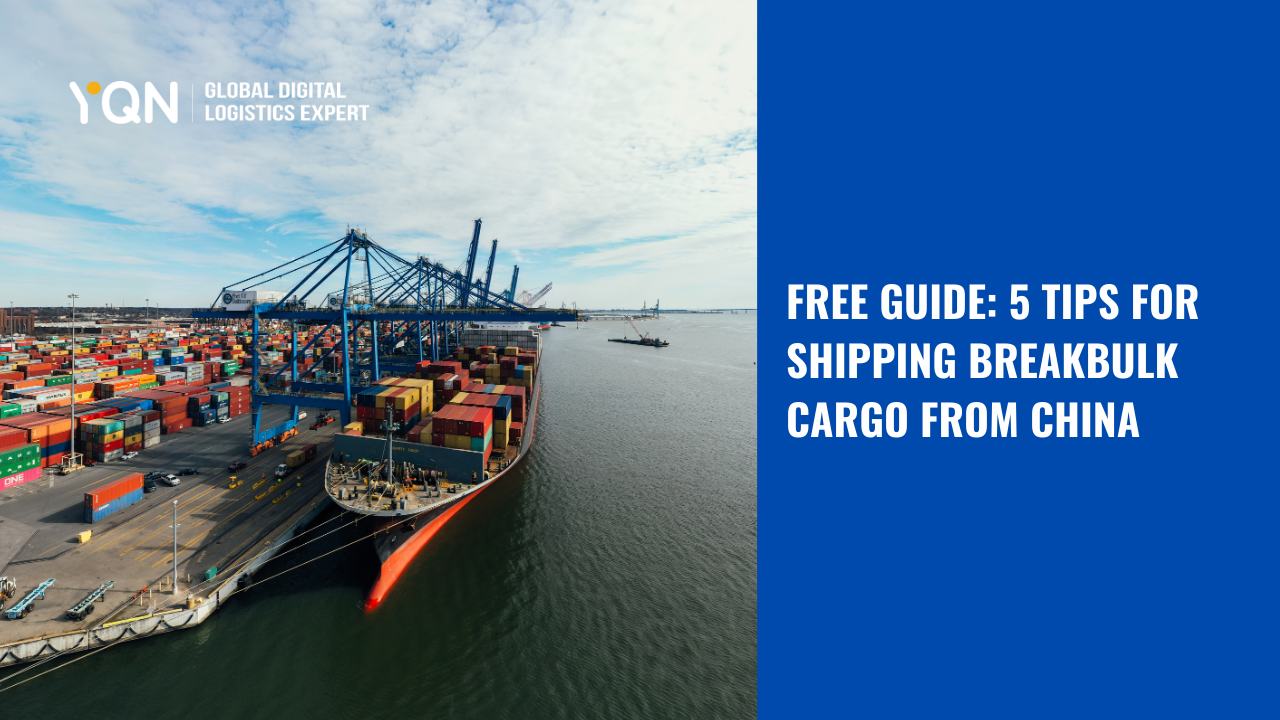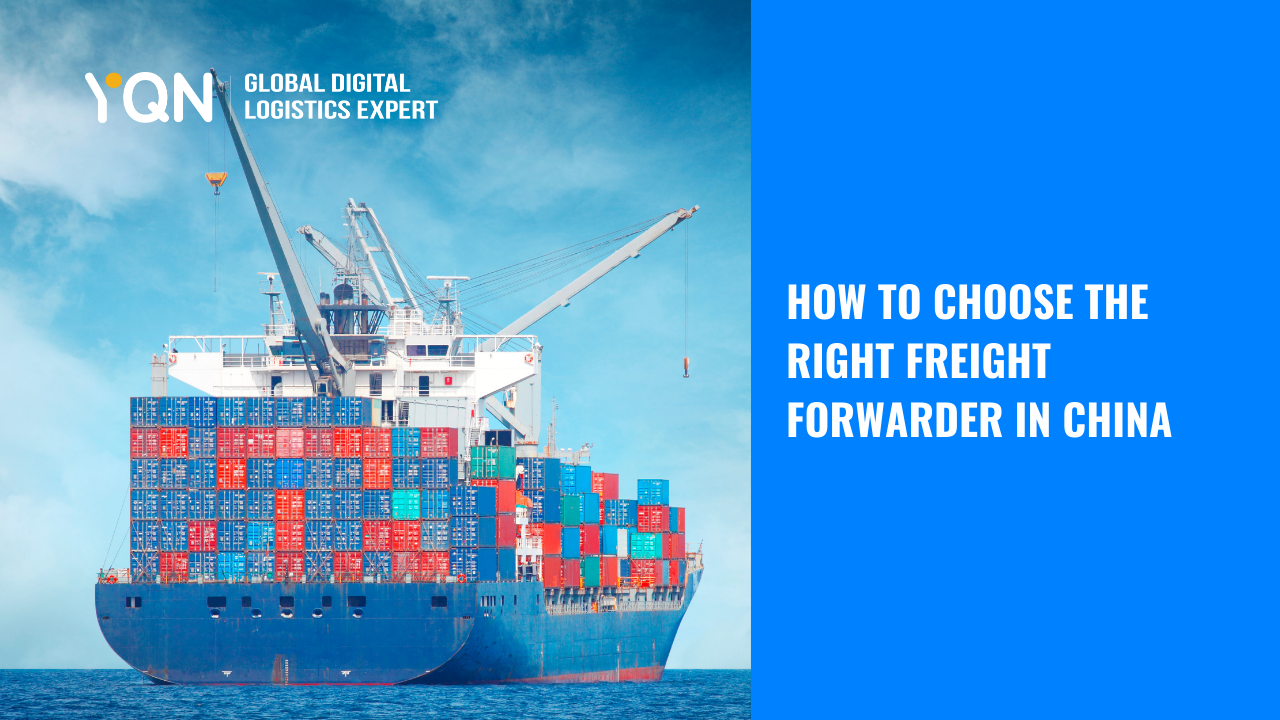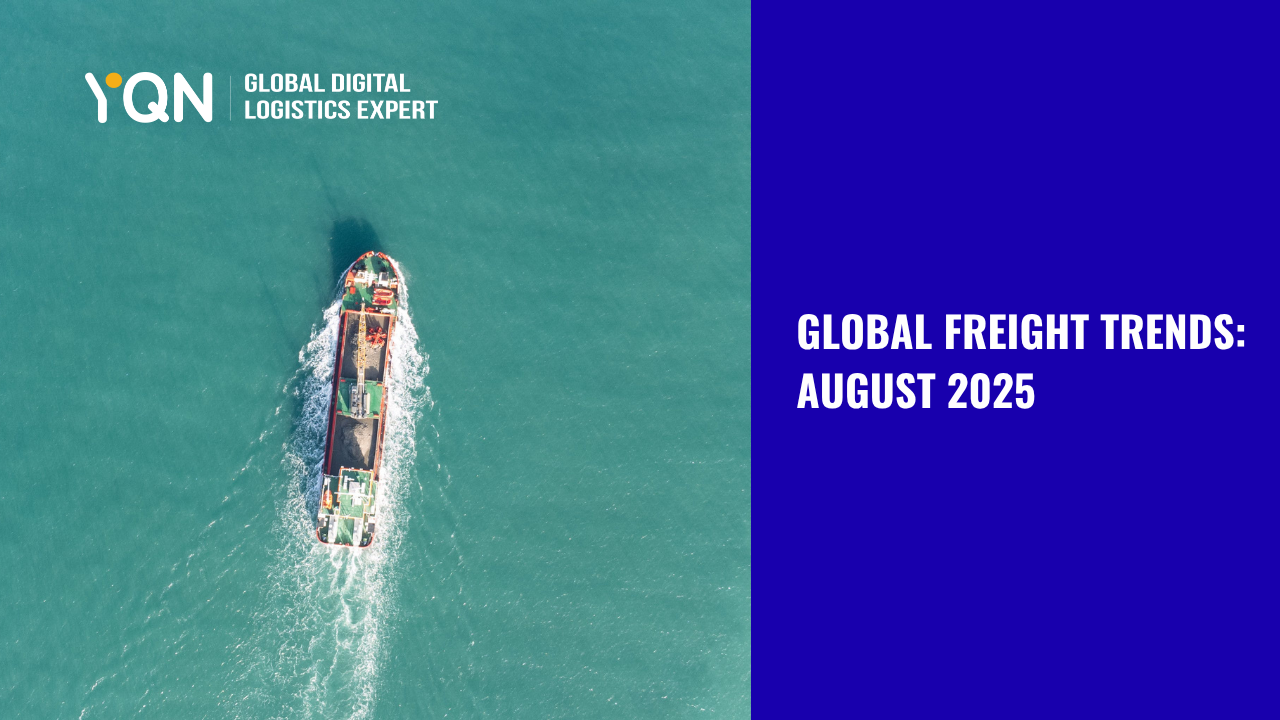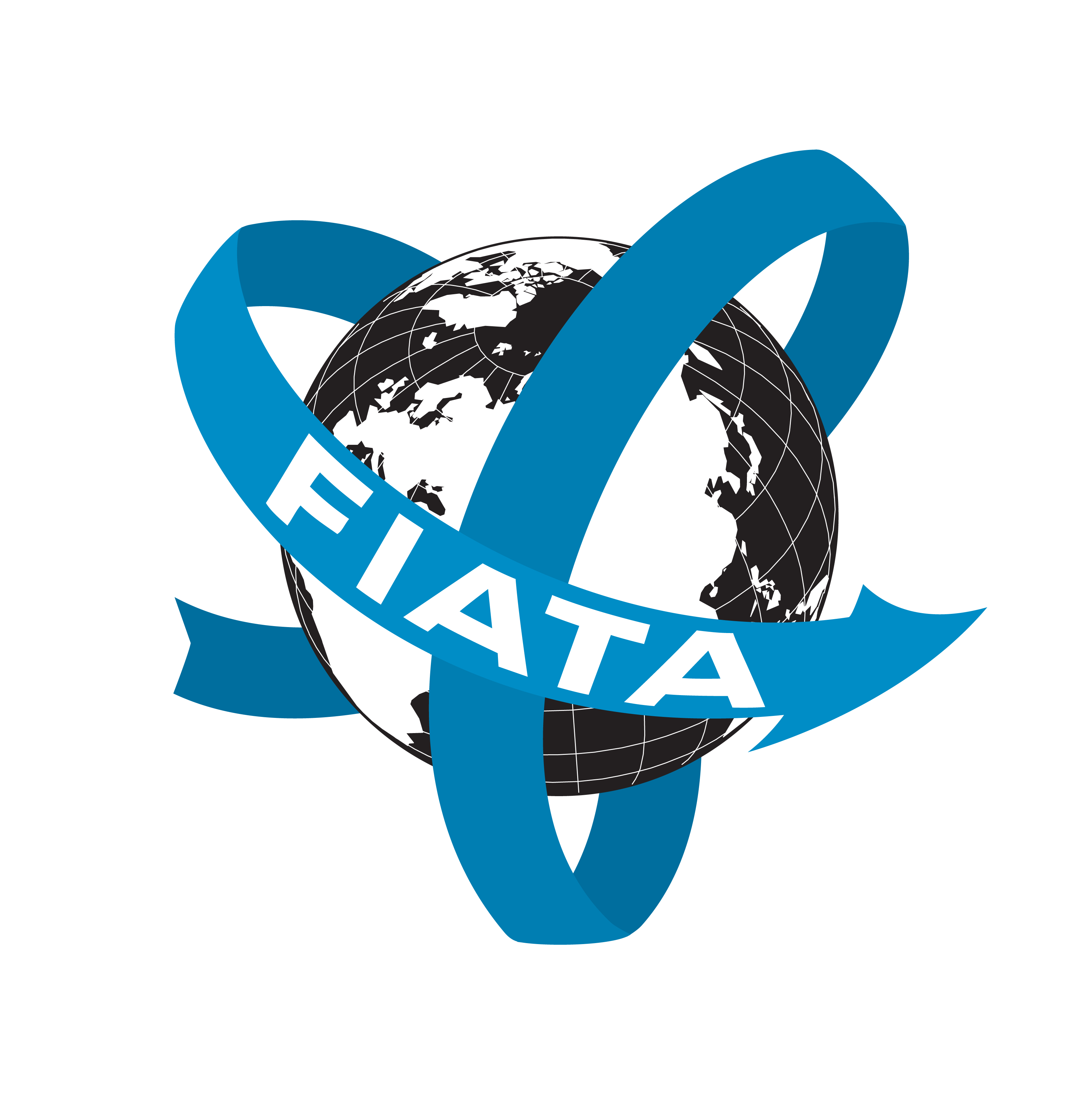How Wind Turbines Are Transported: Challenges & Solutions
YQN Operation Team | 2025.10.20 | info@yqn.com
Transporting a modern wind turbine is no small feat. Blades over 100 meters long, nacelles weighing over 100 tons, and towers stretching hundreds of feet require careful planning, specialized equipment, and seamless coordination across ports, roads, and borders. As the world races toward renewable energy, the demand for wind turbines is skyrocketing, making efficient transport more critical than ever.
In this blog, we explore why wind power is growing globally, the challenges of turbine transport, and how expert logistics solutions keep the world’s wind farms turning.
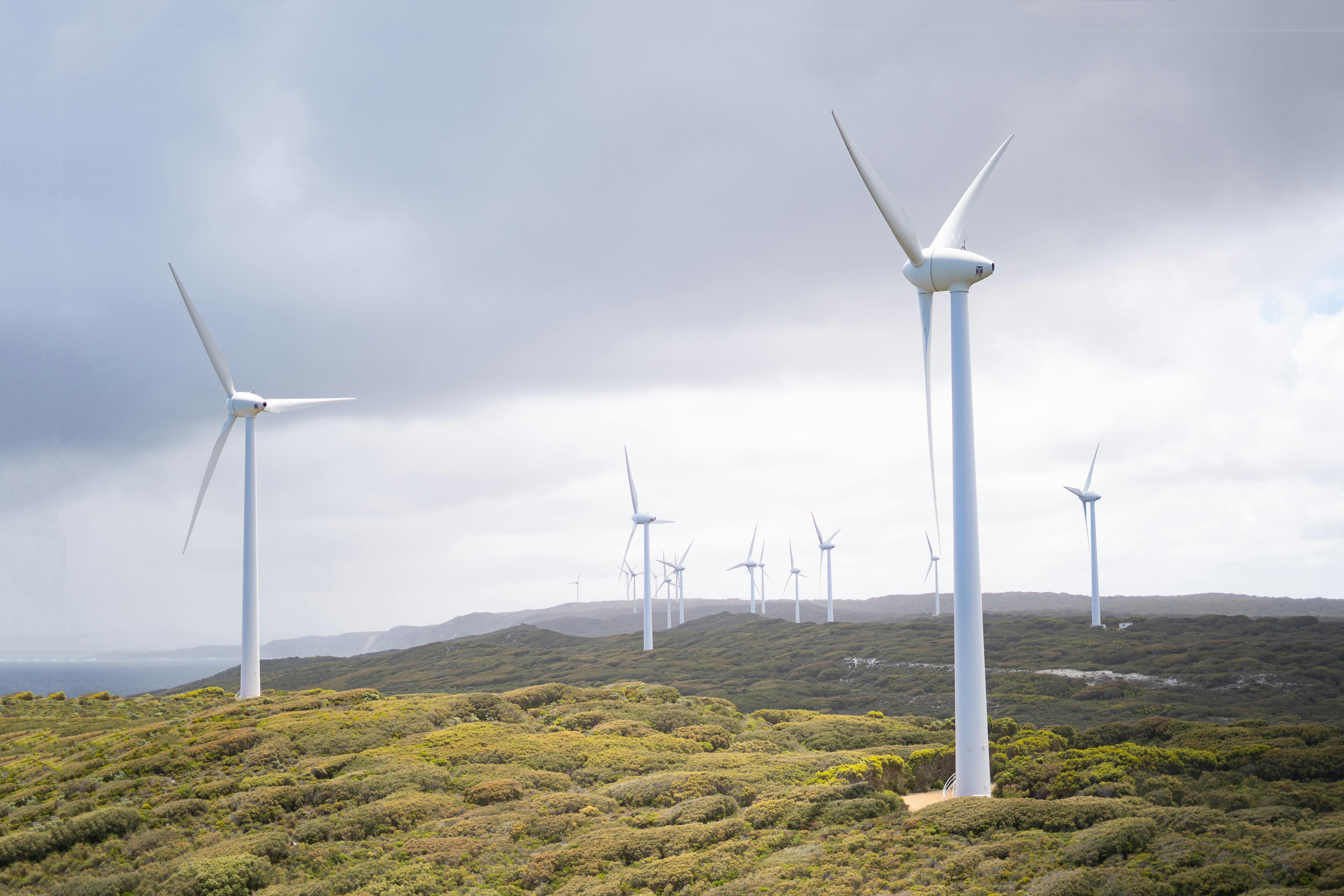
Why Wind Power Is Driving the Future of Energy
Wind power has become a cornerstone of global renewable energy growth. According to the International Energy Agency, the world’s installed wind capacity reached over 1000 GW in 2023, providing around 7% of global electricity demand. Year-on-year growth has remained above 10% in many regions, reflecting both environmental priorities and government incentives.
Wind energy not only reduces carbon emissions but also creates millions of jobs worldwide, supporting manufacturing, logistics, installation, and maintenance sectors. As demand rises, transporting large components such as turbine blades and nacelles has become increasingly critical for timely wind farm deployment.
Wind Power Growth by Region
Wind energy markets vary significantly across the globe, driven by policy, infrastructure, and natural resources.
China
- Installed Capacity: Approximately 561,492 MW by the end of 2024.
- Annual Additions: China added 86.7 GW of new wind capacity in 2024, leading global installations.
- Global Share: China accounts for about 43% of the world's total wind capacity.
Europe
- Installed Capacity: Europe's total wind capacity reached approximately 230 GW by the end of 2024.
- Annual Additions: Germany approved around 14 GW of new wind capacity projects in 2024, marking an 85% increase from the previous year.
- Leading Countries: Germany, Spain, and the UK are among the top contributors to Europe's wind energy capacity.
Southeast Asia
- Installed Capacity: As of 2023, Southeast Asia had a cumulative installed wind capacity of approximately 25 GW.
- Growth Drivers: Countries like Vietnam and Thailand are leading the expansion, with Vietnam adding 396 MW in 2023.
- Future Outlook: The region is expected to continue growing, with several offshore wind projects in development.
Latin America
- Installed Capacity: Brazil leads the region with an installed capacity of approximately 32,959 MW by the end of 2024.
- Annual Additions: Brazil added 5.4 GW of new wind capacity in 2024, maintaining its position as the largest wind energy producer in Latin America.
- Regional Growth: Other countries, including Mexico and Chile, are also expanding their wind energy sectors, though at a slower pace.
Middle East
- Installed Capacity: The Middle East's wind energy capacity is currently limited but growing, with countries like the UAE and Saudi Arabia initiating significant projects.
- Growth Initiatives: The UAE announced plans for a 5 GW wind farm, and Saudi Arabia is investing in renewable energy to diversify its energy mix.
- Future Projections: By 2030, the region aims to have 30% of its energy capacity from renewable sources, including wind.
Why Wind Turbine Transport Is So Complex
Transporting wind turbines is far from simple. Each component is oversized, extremely heavy, and sensitive to handling.
Oversized Components and Specialized Equipment
- Blade transport requires specially designed trailers and rotating mechanisms.
- Towers and nacelles often need multi-axle heavy trailers.
- Offshore components require barges, cranes, and port handling facilities.
Route Planning and Road Permits
- Every shipment requires detailed surveys of roads, bridges, and tunnels.
- Temporary modifications (like cutting trees or installing removable barriers) may be needed.
- Oversize permits must be obtained from local authorities.
Coordination Across Ports and Borders
- International shipments demand customs clearance and documentation.
- Coordination with multiple stakeholders (ports, local authorities) is essential.
- Weather windows, especially for offshore deliveries, can delay transport.
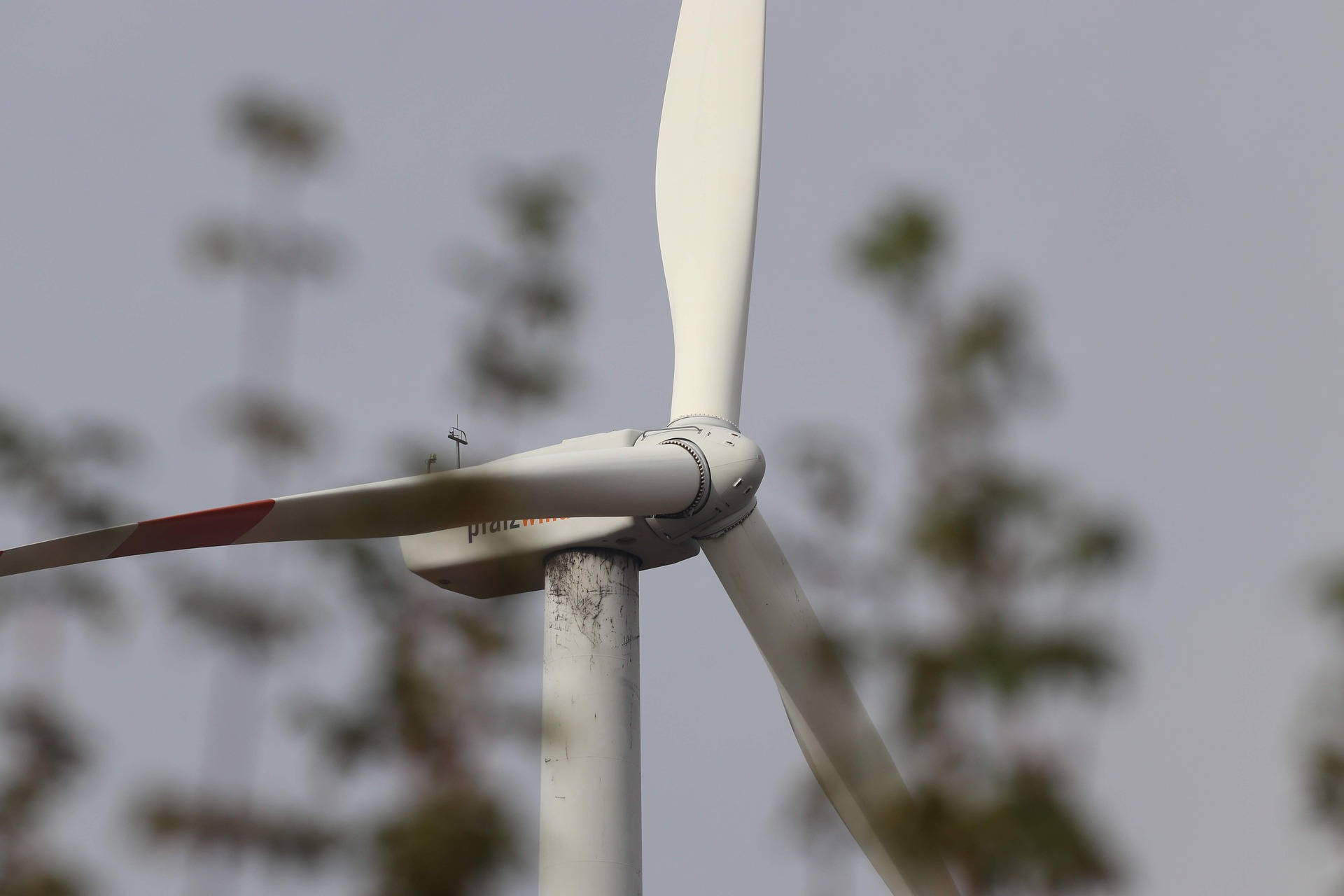
The Future of Wind Energy Logistics
Wind turbines are increasing in size and complexity. Offshore projects, floating wind farms, and modular construction will demand innovative logistics solutions. The adoption of digital route modeling, real-time tracking, and local manufacturing hubs will reduce lead times and costs.
Companies that invest in specialized equipment, skilled personnel, and data-driven planning will be well-positioned to meet the growing global demand.
Partner with Experts in Wind Turbine Transport
At YQN, we have successfully managed complex wind turbine shipments across Asia and beyond. Our project cargo team ensures safe, on-time delivery for renewable energy projects worldwide.
Contact us today to discuss wind turbine logistics solutions: info@yqn.com.
FAQ
Q: How are wind turbines transported?
A: Using specialized trailers, modular loading, and careful route planning, turbines are moved from factories to sites via road, rail, and sea.
Q: What are the biggest challenges in wind turbine logistics?
A: Oversize components, heavy-lift requirements, port and road limitations, weather, and customs clearance.
Q: How much does it cost to transport a wind turbine?
A: Costs vary widely depending on turbine size, distance, and complexity of the route, including permits and equipment.
Q: Who are the top wind turbine shipping companies?
A: Companies specializing in project cargo and renewable energy logistics, like YQN, handle global turbine transport efficiently.


